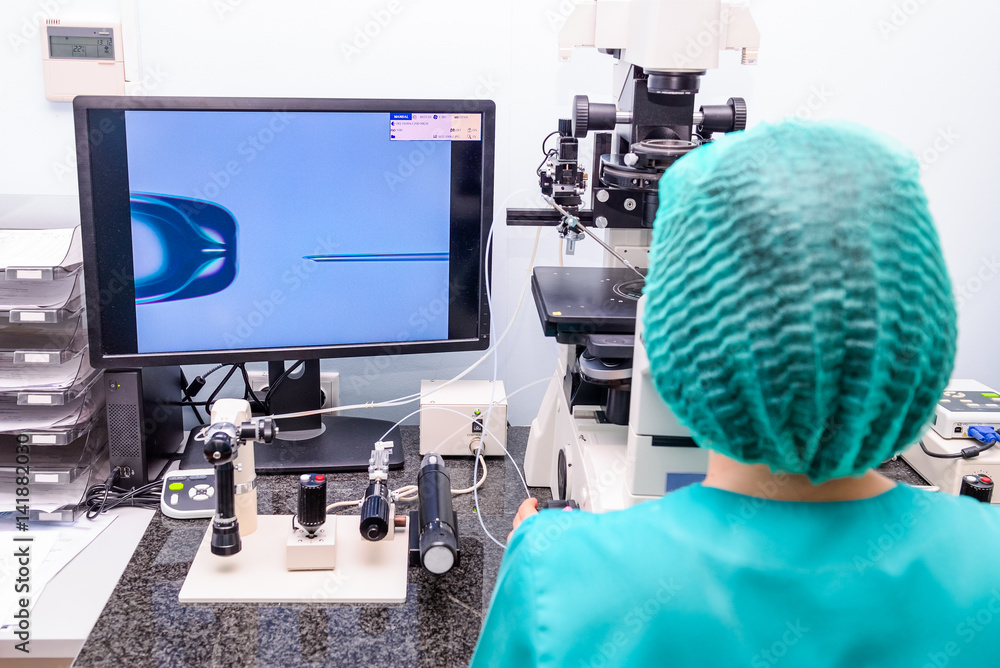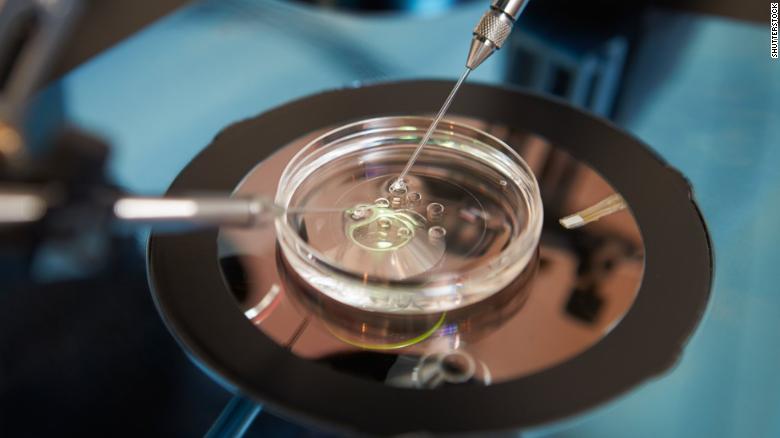Hormonal Status
When treating infertility, it is common to ask for a so-called hormonal status of a woman. Although in cases of young and healthy women with regular periods, the status mostly shows no abnormalities, the simplicity of treating certain disorders in hormonal status justifies blood taking.
FSH – follicle-stimulating hormone – indicates levels of ovarian reserve. Its importance is in the fact that when elevated, it indicates poor ovarian reserve. Levels above 10 IU/l are connected with difficulties in conceiving.
LH – luteinizing hormone. If LH is elevated and FSH normal, this most likely indicates polycystic ovary syndrome. If both are elevated, we can talk about premature menopause.
E2 – estradiol – main female sex hormone. Its low levels, along with elevated FSH, additionally confirm premature menopause.
PRL – prolactin – a hormone stimulating milk production. Prolactin is stress-sensitive and its levels can fluctuate sharply during a day or a cycle so that its high values do not indicate diagnosis. However, if constantly elevated, hyperprolactinemia may prevent pregnancy, which can be successfully treated.
TSH – thyreotropin, a thyroid-stimulating hormone. Women often suffer from thyroid disorders, and even mild elevation of TSH levels, above 2,5 µIU/mL, is considered not good for pregnency so it needs to be decreased.
T – testosterone, a male sex hormone. Values above normal values for women can indicate polycystic ovary syndrome, but also more serious conditions.
SHBG – sex hormone binding globulin, a hormone that binds sex steroids. It is important in correlation with testosterone, as in cases of its low level and high testosterone level, too much of male sex hormones will circulate through the system to enable pregnancy.
Progesterone – a hormone produced after ovulation. Determining its levels will clearly indicate if a woman is ovulating.
Blood for most hormonal examination is taken between days 2 and 5 of the cycle for standardization purposes. For some hormones (such as TSH), the time of the cycle is irrelevant. Progesterone levels are determined seven days after the common time of ovulation, i.e., on the 21st day if cycles are regular.






.jpg)






.jpg)

